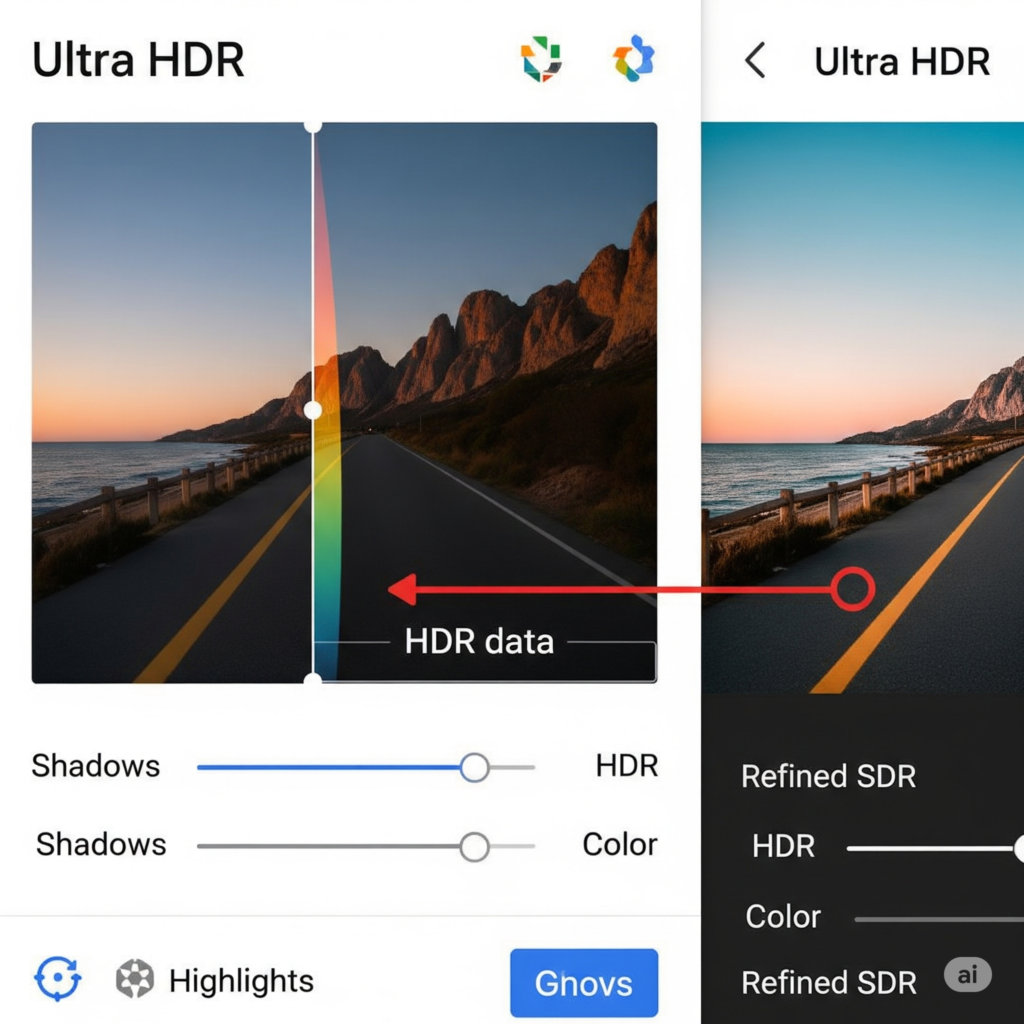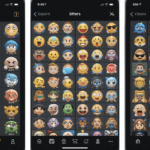Google Photos Adds Ultra HDR Editing Tools

Google Photos brings some new improvements with its Ultra HDR Editing tools. The users have more flexibility and accuracy the working with high dynamic range (HDR) images.
The update allows smooth conversion of standard photos to the Ultra HDR level. At the same time retains the detail and rich contrast characteristic of HDR.
HDR photos could be ruined during editing. It results in dynamic range loss or invaluable metadata information. This update looks to rectify and make editing an HDR photo a smoother and more favourable process.
AI-based Editing HDR
One HDR symptom that has severely vexed users is the possibility of HDR photography returning to Standard Dynamic Range (SDR).
Saved HDR Metadata: The vivid contrast, high highlight, and deep shadows so typical of HDR are preserved after your edit.
Continuous Quality: Your edited photos will still bring out the reality in HDR-capable screens. They would appear at their optimal best, with proper contrasts and highlighting.
New Ultra HDR Elite Tool and SDR Conversion
Google Photos is creating a special feature inside the editing suite, which users can access called Ultra HDR:
Adjustable Intensity: The HDR effect can now be adjusted to the degree of being switched off (0) to being in full force (100). Before the change, the Ultra HDR effect was more of an on-or-off option: there was no degree of choice.
SDR to HDR Enhancement: This capability will now make available to your library of existing photos a new visual impact on modern displays with HDR capabilities.
HDR Tool to Tone: During this update, the former name of the HDR tool is changed to Tone. This is a better representation of its true purpose,
Bigger Availability and Consequences
It includes the metadata needed to display them with high dynamic range. The new Ultra HDR editing tool is now being deployed more widely.
It does not appear in every possible user at once due to a server-side launch. Its presence in official news media notes its wide-scale implementation.
Google wants to instill the wider adoption and promotion of the Ultra HDR format within the ecosystem. Google will leave the platform resistant to change. This is where an unnaturally bright default HDR picture would lead the user to turn off the feature altogether.
Conclusion
Google Photos has also become a smart and able photo editing platform with the latest upgrade of Ultra HDR editing. Google addresses some problems that users have long been confronting. It also opens up fresh creative opportunities.
The changes comply with the native HDR compatibility of Android. It also demonstrates the general tendency towards the implementation of high dynamic range imagery standardization overall. To the user, it has been presented as brighter, precise, and effective photos.
More on Google Photos: Google Photos Turns 10 with Editor Update and Easy QR Sharing


